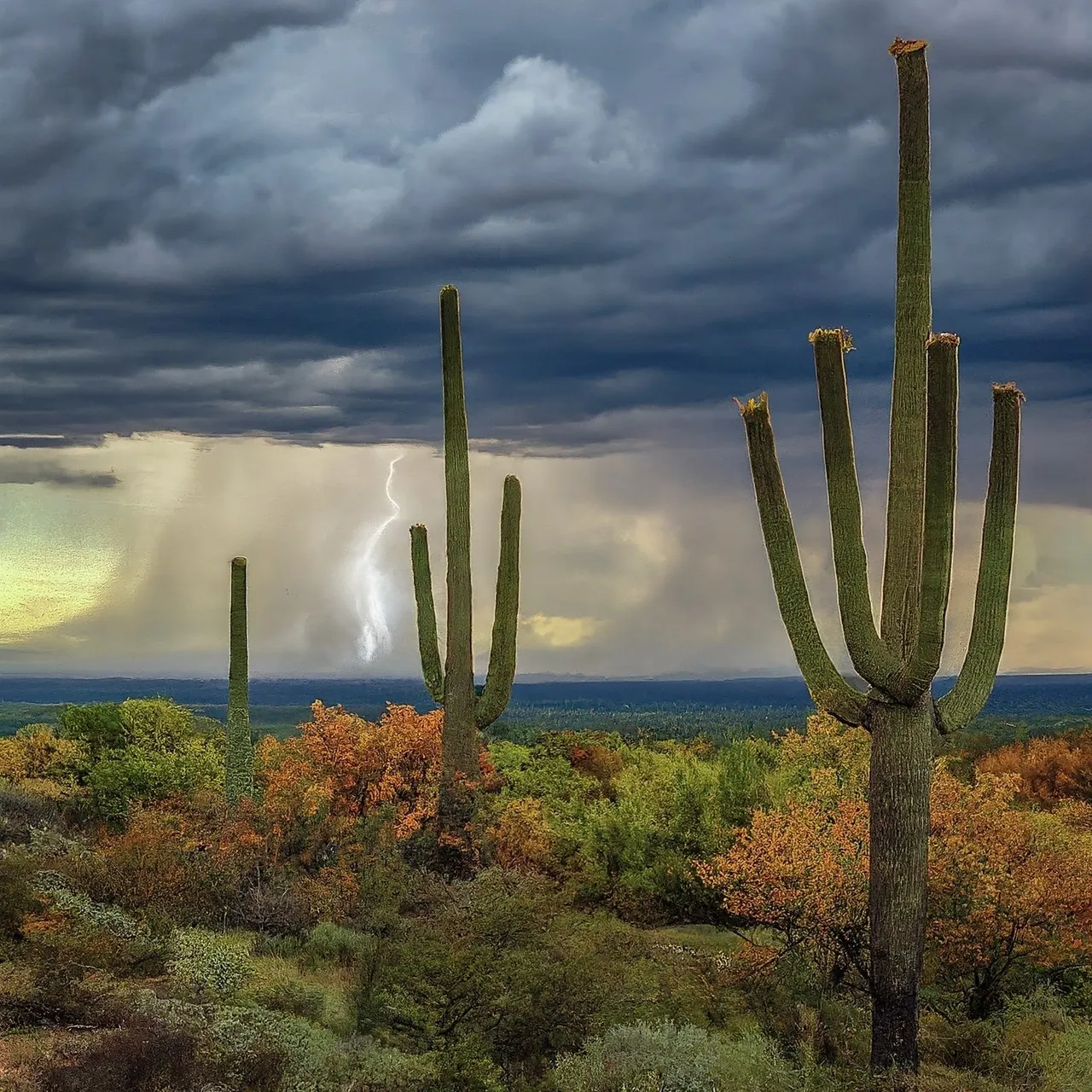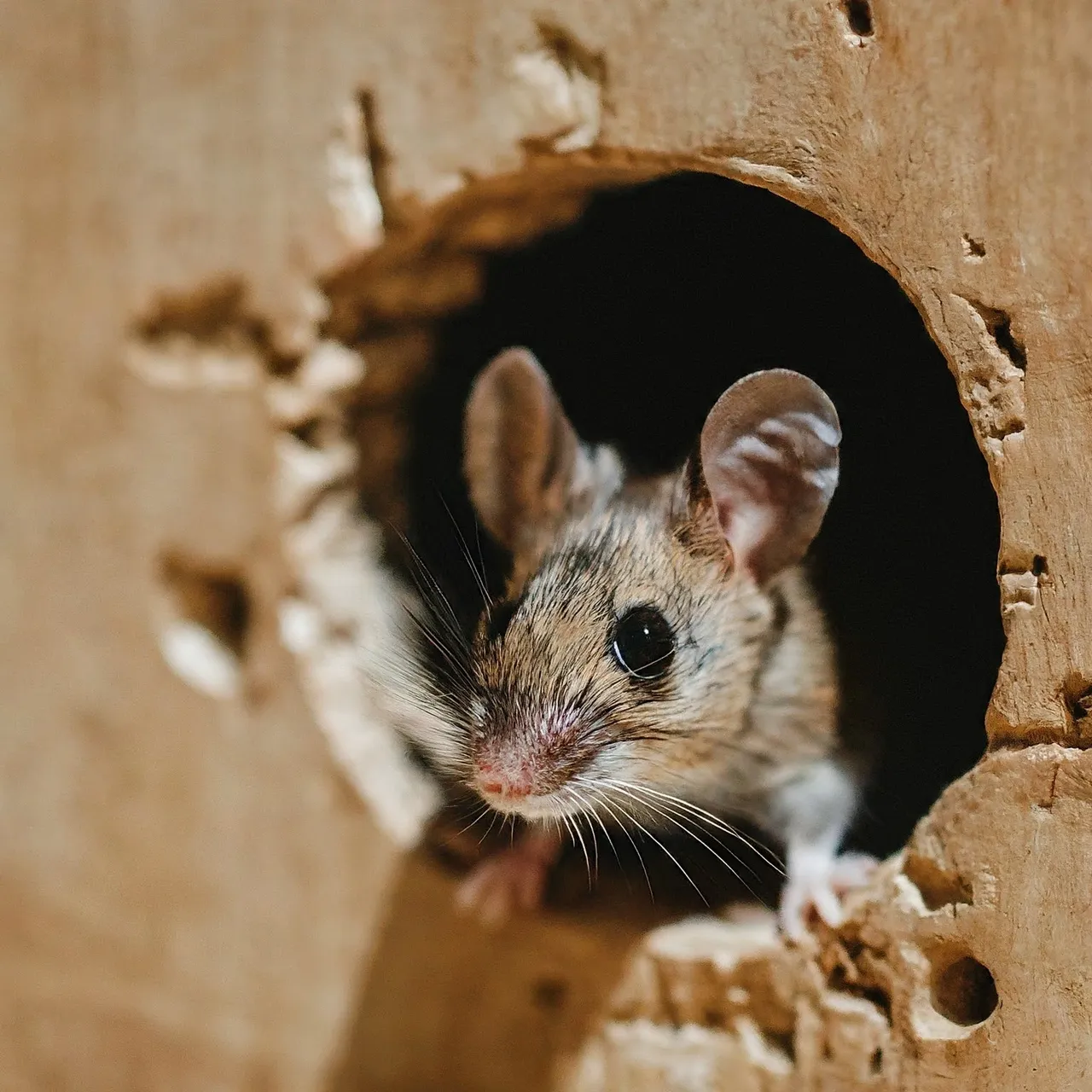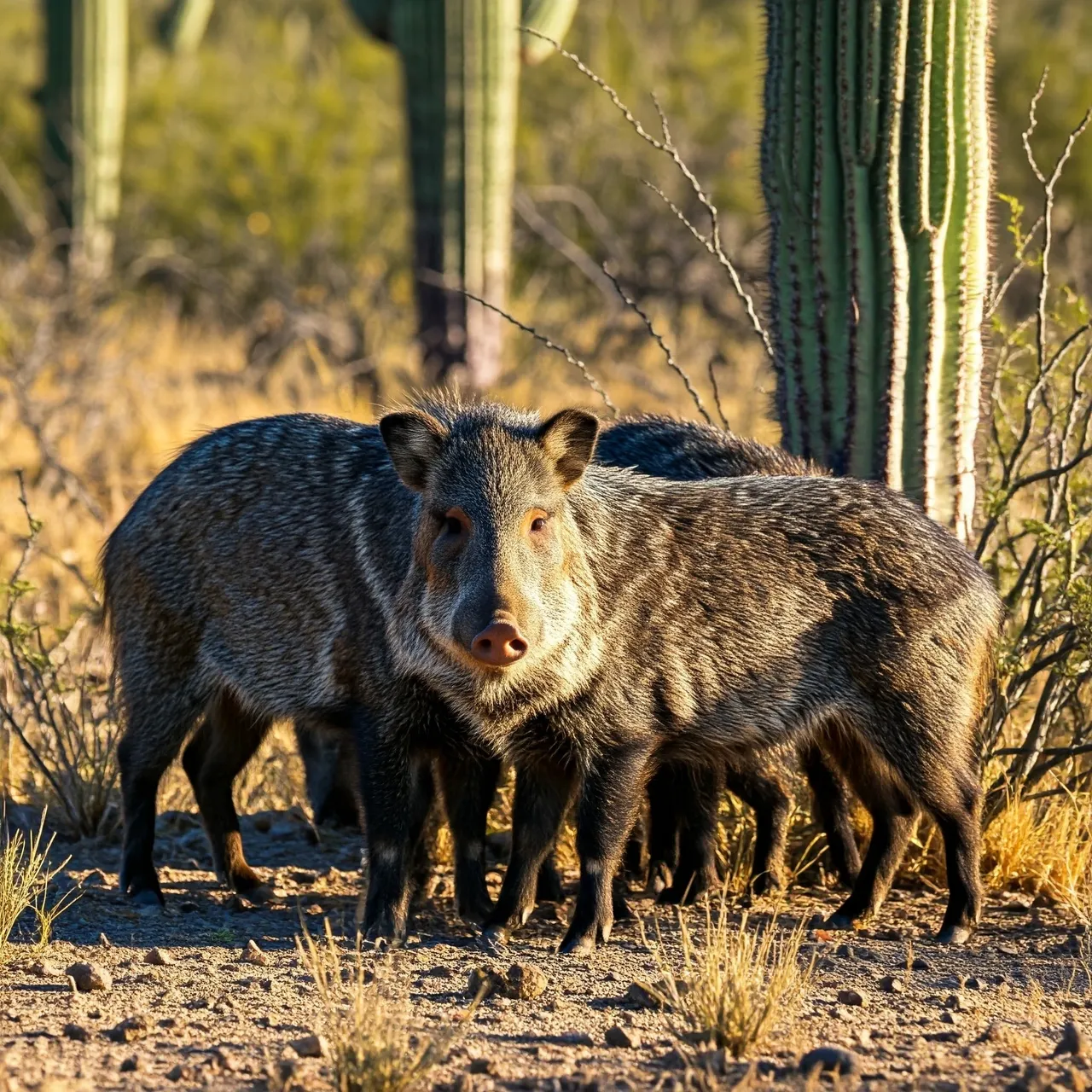As the seasons change, so does our health. With the arrival of fall, we often see a surge in illnesses. But did you know that these seasonal changes can also affect the behavior of wildlife, potentially leading to an increase in disease transmission?
The Flu and Beyond: Common Fall Illnesses
- Influenza: The flu is a common respiratory illness that can cause severe symptoms. It’s particularly dangerous for young children, the elderly, and people with weakened immune systems.
- Common Cold: While less severe than the flu, the common cold can still make you miserable. Symptoms often include a runny nose, sore throat, and fatigue.
- Seasonal Allergies: As pollen levels rise, many people experience allergy symptoms like sneezing, itchy eyes, and congestion.
Wildlife and Disease: A Growing Concern
- Rabies: This fatal viral disease can be transmitted through a bite from an infected animal, such as a raccoon, skunk, or bat.
- Lyme Disease: Ticks can carry Lyme disease, a bacterial infection that can cause a rash, fatigue, and joint pain.
- Hantavirus: This virus can be spread through contact with infected rodents or their droppings.
Protect Yourself and Your Family:
- Practice Good Hygiene: Wash your hands frequently with soap and water.
- Be Mindful of Wildlife: Avoid contact with wild animals and their droppings.
- Pest Control: Consider professional pest control services to help prevent rodents and other pests from entering your home.
By understanding the connection between climate change, wildlife, and human health, you can take steps to protect yourself and your family from illness.







